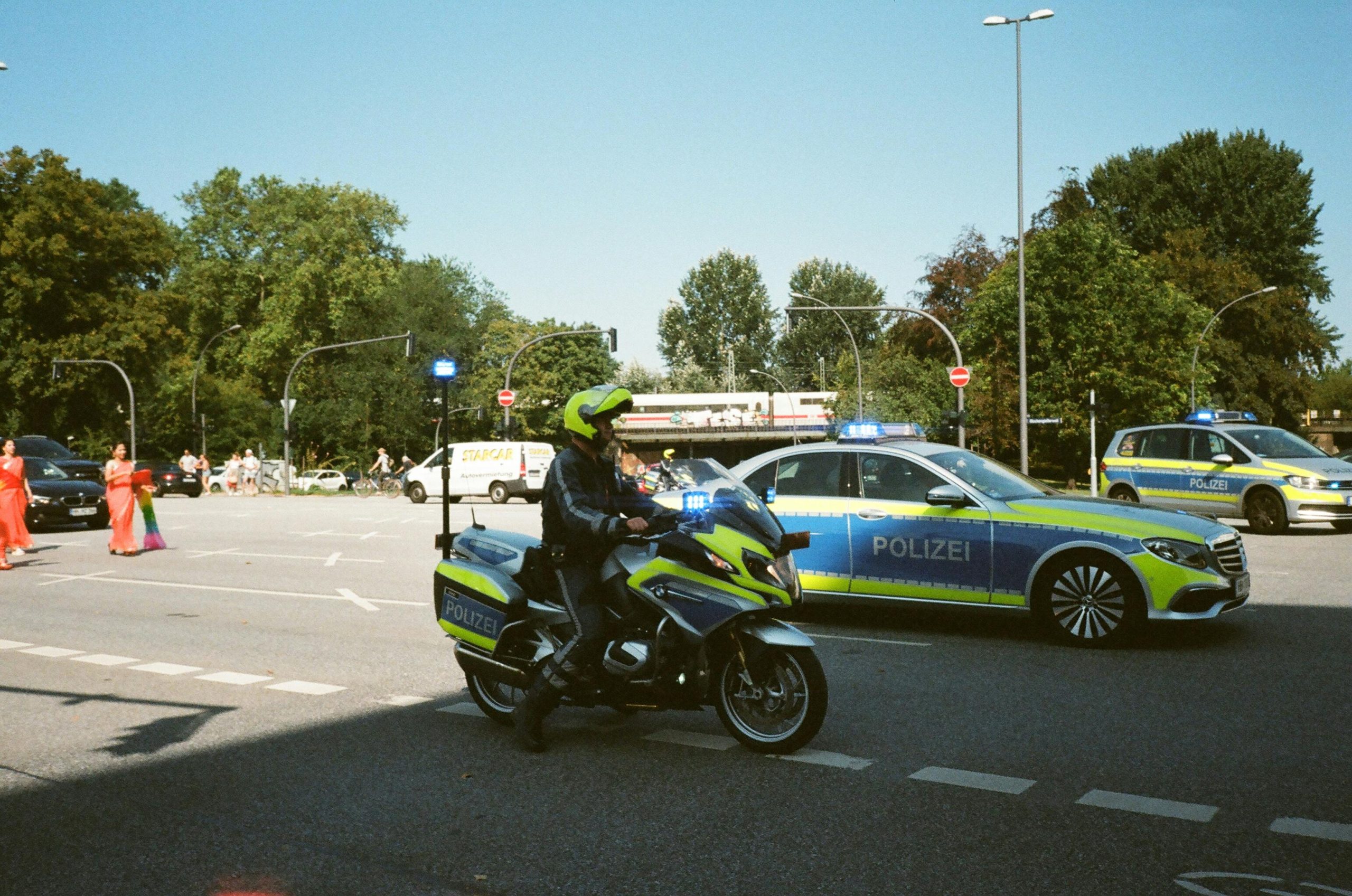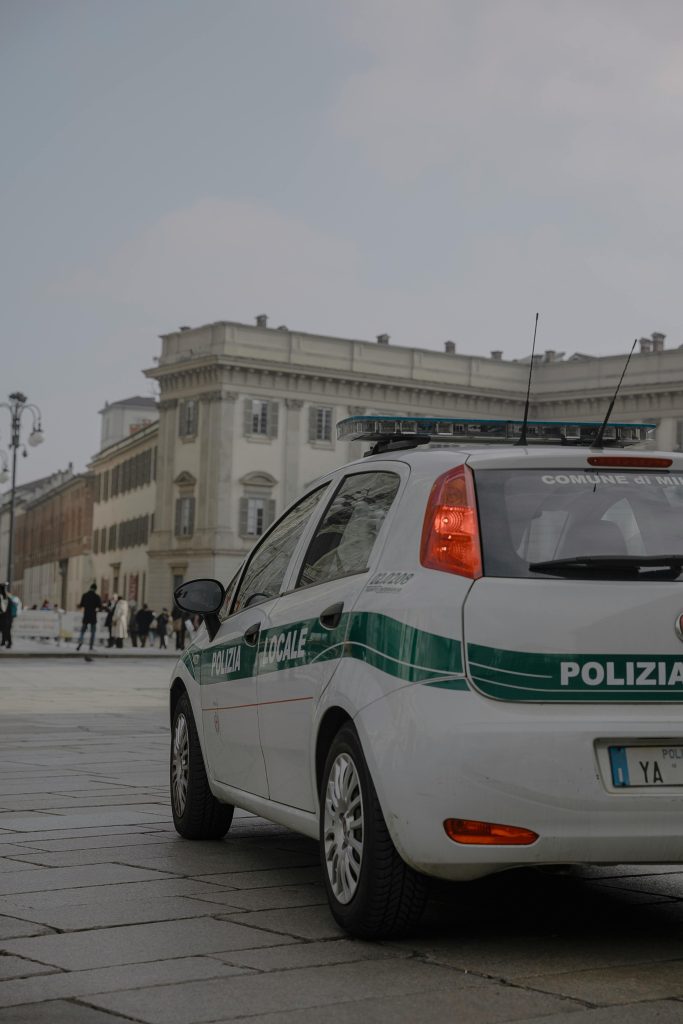
When you imagine spending €15,000 on a bottle of wine, you probably picture a bottle that comes from an exclusive vineyard, with a rich history and carefully nurtured vines. You wouldn’t expect it to be a cheap supermarket wine dressed up in fake labels and passed off as a Grand Cru. Yet, this very deception has been playing out across Europe, with counterfeit wine makers pocketing millions of euros from unsuspecting collectors.
Let’s look into the recent revelations about counterfeit wine, and how global authorities are working to combat these complex, international schemes.
The Operation That Exposed a New Kind of Wine Fraud
In October 2024, Europol, in coordination with French, Italian, and Swiss authorities, arrested six individuals who had been operating a sophisticated network of wine counterfeiting. They weren’t just making a few fake bottles here and there—this group was using mass-produced, inexpensive wine, re-bottling it, and selling it as luxurious vintages at jaw-dropping prices. Some bottles were sold for as much as €15,000 each, a price usually reserved for iconic wines from regions like Bordeaux or Burgundy.
These counterfeiters targeted high-end wine collectors globally, with much of their fake wine being shipped out of an airport in Italy. Their scheme wasn’t just about re-labeling; it involved recreating the entire package—bottles, corks, labels, and even false certificates of authenticity. It wasn’t until one unlucky buyer questioned the authenticity of the wine that authorities were able to begin unwrapping the layers of fraud.
The Market for Luxury Wine: Why It’s Such a Target
Luxury wine isn’t just about the drink itself; it’s about status, heritage, and, often, investment. Some bottles increase in value over time, much like stocks or gold. Wealthy collectors are willing to pay top dollar for rare vintages or bottles from famous winemakers, not just to drink them but to add them to their investment portfolios. This creates a perfect storm for counterfeiters. The more prestigious the wine, the easier it becomes to sell fakes. Buyers don’t always want to open their €15,000 bottle just to check if it tastes like the real deal.
Counterfeiters, therefore, thrive on this mystique and the fact that so many high-end wine purchases are made based on reputation alone. Once a bottle has the right label and the right story, it becomes easier to sell—even if what’s inside is of far lower quality than the packaging suggests.
The Dark History of Counterfeit Wine
Counterfeit wine is not a new problem. In fact, fraudulent wine sales have been happening for decades. One infamous case involved Rudy Kurniawan, a wine collector and dealer who in the early 2000s sold counterfeit bottles to some of the wealthiest collectors in the world. His downfall came in 2013 when he was sentenced to prison for one of the biggest wine frauds in history. He’d been refilling old bottles with cheaper wine, resealing them, and selling them as rare, historic vintages. It’s estimated that Kurniawan’s fakes alone cost collectors over $35 million.
Since that time, other groups have attempted similar schemes, but as technology improves, so does the ability of counterfeiters to create more convincing fakes. Today, some operations, like the one uncovered by Europol, have taken the deception to a new level, using mass production techniques to supply a steady flow of fake luxury wines.
Counterfeit Wine: The Perfect Crime?
Selling fake wine might seem like a “victimless crime,” especially to those outside the world of wine collecting. After all, it’s just wine, right? But in reality, the consequences run deeper than a bad purchase.
For one, counterfeit wine damages the reputations of legitimate vineyards. Every time a fake wine makes its way into the market, it reduces trust in the industry, and consumers begin to question even genuine luxury wines. Additionally, collectors who spend significant amounts of money on counterfeit bottles can suffer major financial losses—some of which are never recoverable.
This particular network, exposed by Europol, was operating at such a large scale that authorities believe it may have affected wine markets in Switzerland, Italy, and beyond. The investigation revealed that the counterfeiters had connections to other criminal organizations, and they even managed to evade detection by using legitimate channels to distribute their fake wines.

The Role of Technology in Uncovering Counterfeits
One key element in breaking up these counterfeiting networks has been technology. Investigators aren’t just relying on taste tests to confirm whether a wine is genuine or not. They’re using forensic analysis to check everything from the age of the cork to the ink used on labels. One breakthrough came when Europol analysts compared the caps and capsules of counterfeit bottles to those used in legitimate wines, finding clear differences.
Moreover, many vineyards are now using high-tech methods like blockchain and RFID tags to track the authenticity of their bottles. By embedding a digital signature into the label or bottle, they can offer proof that a particular bottle came from their vineyard, adding a layer of security to each sale. This kind of traceability is becoming increasingly important as wine counterfeiting continues to evolve.
What’s Next in the Fight Against Wine Fraud?
As wine counterfeiting becomes more sophisticated, authorities must keep pace. Operations like the one led by Europol are essential, but they are just the beginning. Wine collectors are also becoming savvier. Many now insist on complete documentation before making a high-end purchase. Some even rely on independent authentication services, which use a combination of historical research and scientific testing to confirm the origins of a bottle.
For everyday wine enthusiasts, the rise of wine counterfeiting might seem distant, but it’s worth considering the implications. As counterfeit operations expand, they could begin targeting mid-tier wines—those that are still expensive but aren’t quite at the €15,000 level. This makes it essential for buyers to inform themselves, and to know what to look for, and to approach high-end wine purchases with a healthy level of skepticism.
Conclusion: Protecting the World of Wine
Counterfeit wine is a growing threat to the integrity of the wine industry. Whether it’s a small operation refilling old bottles or a large-scale network distributing fake wines globally, the damage done by these scams is real. Thanks to the combined efforts of Europol and international authorities, we are one step closer to curbing this dangerous trend. But with the stakes so high in the luxury wine market, the fight against counterfeit wine will undoubtedly continue.
For collectors, vineyards, and even casual wine drinkers, awareness is key. The more informed we all are about the risks of wine fraud, the better equipped we’ll be to protect one of the world’s most beloved beverages.
This is a serious issue, but we can be tackle it with knowledge, technology, and vigilance. Whether you’re spending €15,000 or €15, it’s important to enjoy your wine knowing it’s the real deal.